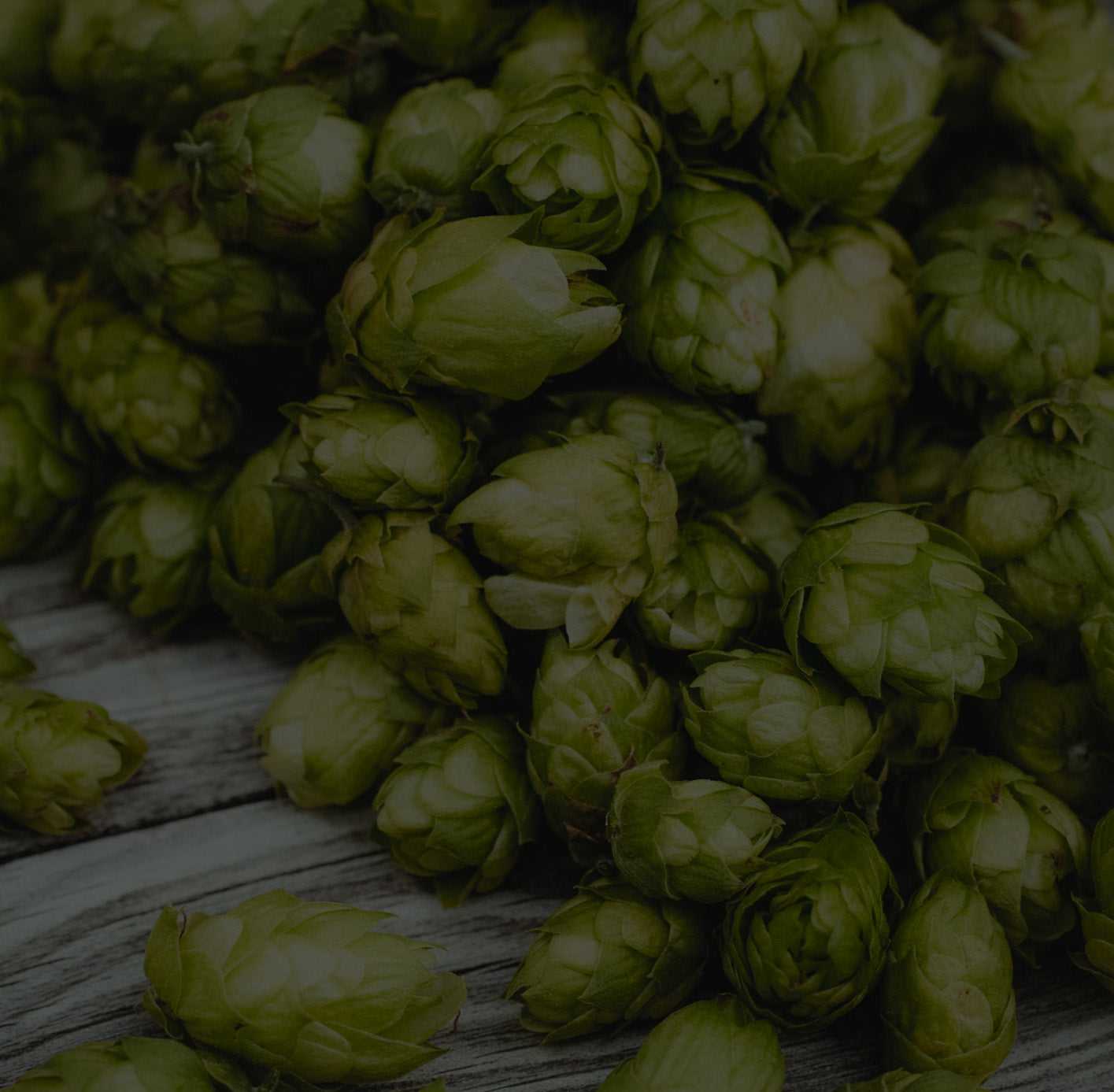
One of the most popular styles of beer that people have been brewing recently is the New England IPA. They're dank, fruity, juicy, hazy, and delicious. Just thinking about them makes us thirsty! We've done a few session versions of the NEIPA, but we decided to take things to another level with this recipe by adding a ton of hops to this beer. Using Clawhammer’s 10.5 gallon Electric Brewing System, we packed this beer full ofsome of the most popular citrus and fruity hops, yielding a juicy, high ABV final product. Read on or watch the video to learn all about our Juicy NEIPA.
Juicy NEIPA Homebrew Recipe Video
Here’s how we made the Juicy NEIPA, read below for full recipe details.
NEIPA Style Guidelines
- 2018 is the first year The Brewers Association has included a “Juicy or Hazy IPA” in its Beer Style Guidelines
- Malts with high protein
- Color & Clarity - Straw to golden colored with a low to high degree of cloudiness
- Use of fruit-forward hops with a high hop aroma
- Original Gravity - 1.070 - 1.100
- High ABV - 6.0% - 8.4%
- High IBUs - 65 - 100 - with a low perceived bitterness - These IBUs come from late hop additions which provide more aroma than bitterness
Water
The beginning water volume was 7.70 gallons (29.1 liters) and our chemistry was adjusted to have high chloride levels to give us a hazy NEIPA look. Below is our water profile after adjustment. You'll need to add different amounts of minerals to achieve this profile depending on your location, as water chemistry differs from tap to tap. Look up your local water chemistry and use a brewing water chemistry calculator to figure out what you need to add.
- Calcium: 116.4 ppm
- Magnesium: 4.0 ppm
- Sodium: 14.0 ppm
- Sulfates: 78.6 ppm
- Chloride: 154.9 ppm
- Bicarbonates: 25 ppm
Malts
- Pilsner (2 Row) Ger (2.0 SRM) - 9 lbs (4.1kg) (70.4%)
- Barley, Flaked (1.7 SRM) - 1 lb 8 oz (680.4g) (11.1%)
- Oats, Flaked (1.0 SRM) - 1 lb 8 oz (680.4g) (11.1%) - High protein, perfect for a NEIPA
- Wheat, Flaked (1.6 SRM) - 1 lb (.5kg) (7.4%) - High protein, perfect for a NEIPA

We finely crush all of our malt in a grinder before mashing with it
Mashing
We mashed at 150 degrees Fahrenheit (65.6C) for 60 minutes.

Mashing in
Boil
We boiled for 75 minutes. At the 60 minute mark, we added in .5 lb (226.8g) of sugar.

.5 lb (226.8g) of sugar we threw into the boil
Hops
The most important part to brewing a good NEIPA is the hops. We added all of our hops after the boil. Our first addition happened once we cooled the wort down to 180 degrees Fahrenheit (82.2C).

We use a plate chiller to chill our wort
At 180° F (82.2C) we added 1 oz (28.35g) of
- Willamette
- Mosaic
- El Dorado
- Citra
- Centennial

All the hop varieties that were used for this beer

One of the many hop additions this recipe calls for, we add all of our hops to a hop basket
Fermentation
We used the Imperial Yeast Ale Juice A38 to ferment this beer. This yeast is perfect for IPAs and compliments the juicy and fruity flavor of our beer.

Pitching yeast
Dry Hops
We waited four days until we added our first dry hop addition, ideally you want to wait three days. Fermentation was still active when we did our first addition, that’s a key part to dry hopping a NEIPA. You want to add your first round of dry hops while fermentation is still active.

If your beer looks like this, fermentation is still active
First Dry Hop Addition
- 2 oz (56.7g) of Citra
- 1 oz (28.35g) of Centennial
- 1 oz (28.35g) of El Dorado
- 1 oz (28.35g) of Mosaic
- .25 oz (7.1g) of Willamette
Second Dry Hop Addition (Three Days Later)
- 2 oz. (56.7g) of Lemondrop

We add all of our dry hops to a mesh bag so they can easily be removed
Benchmarks
- Volume Into The Fermenter - 5.50 gallons (20.8 liters)
- Original Gravity - 1.060
- Final Gravity - 1.014
- ABV - 6%
- IBUs - 55.3
Tasting Notes
This one definitely met our expectations, at least at first. After it was kegged and carbed up the Juicy NEIPA had a hazy, golden look to it with a really pleasant and fruity aroma. With an ABV of 6%, you couldn’t taste any of the alcohol. The beer had a nice body with a well balanced, smooth, and fruit juicy flavor. The Lemondrop hops we added during our last dry hop addition came through and added a little extra bitterness.

"Super smooth, super juicy..."
However, a couple of weeks later, the fresh "juicy" flavor had faded and the beer was decidedly bitter and tasted a bit unbalanced. One thing we'd probably change for the next round is the Lemondrop hops. We think the beer would be better off with a Citra or Mosaic during our second dry hop addition.






Leave a comment